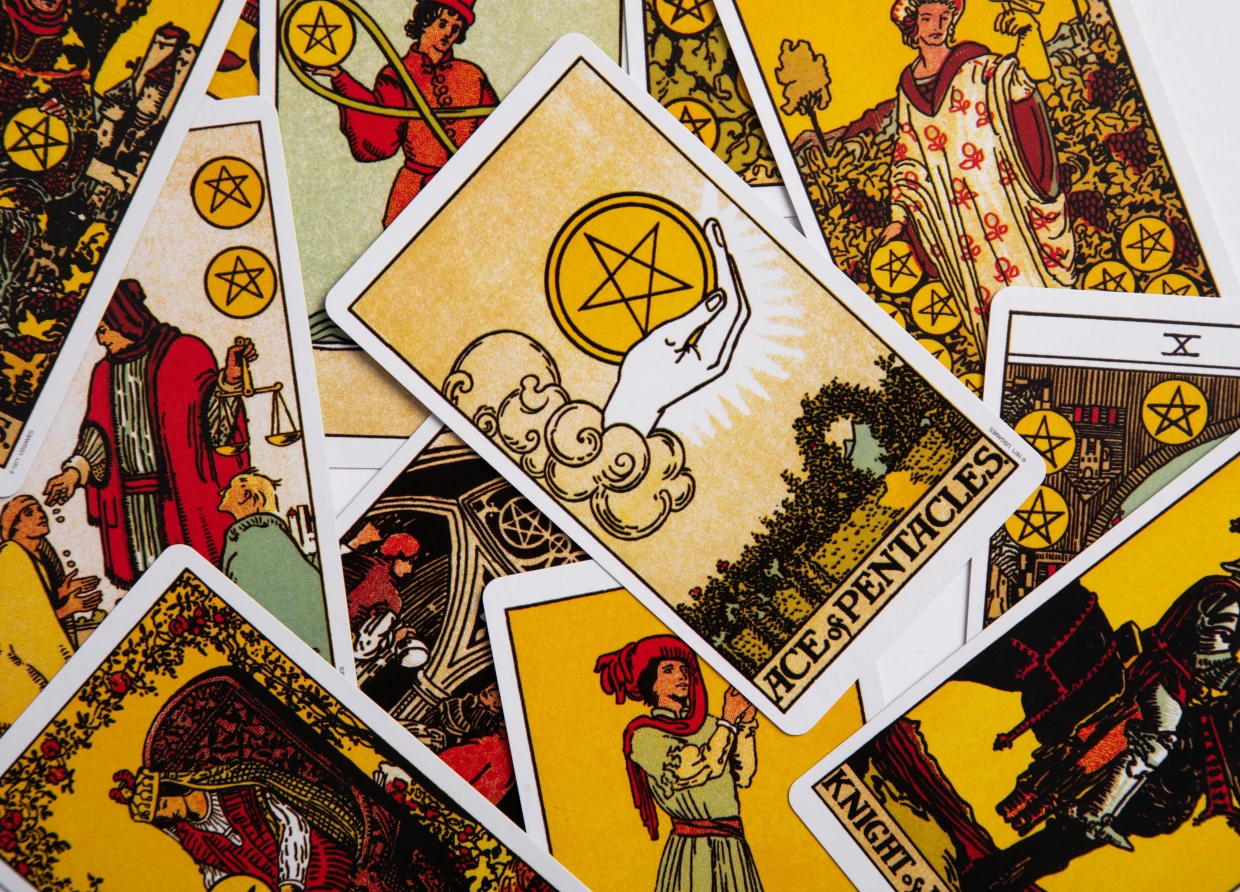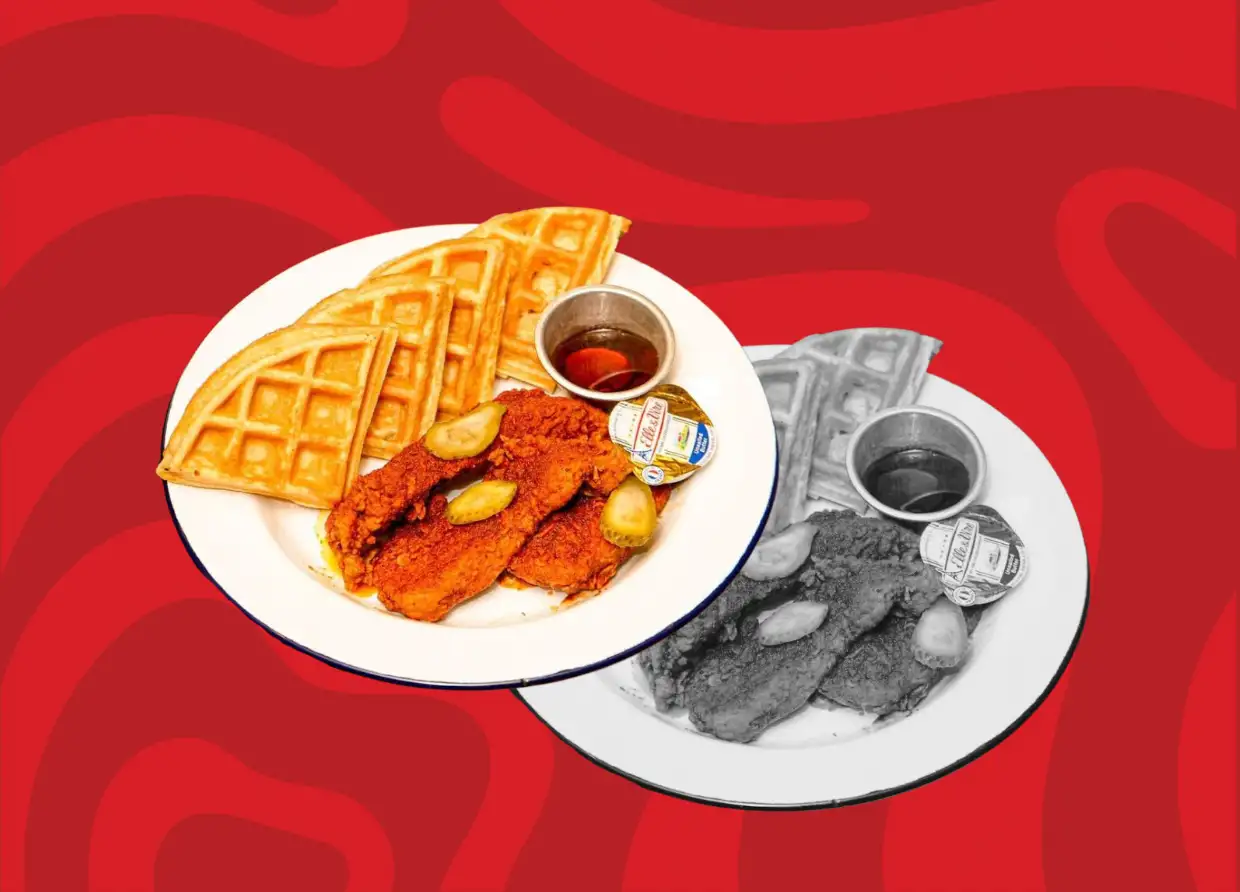TAROT: FROM PARLOR CARDS INTO MEANS OF DIVINATION — PART 2
A brief history of Rider-Waite and Modern Tarot.

Various theories have been presented regarding the origins of tarot cards. One of these is that the cards came from France and Italy in the 14th century when playing cards were first invented.
The original deck was divided into four suits: wands, coins, cups, and swords. The elite would later expand it to include various personalized objects.
The Duke of Milan, Filippo Maria Visconti, hired artist Bonifacio Bembo to create his own deck in the 1440s. Other social elite followed his lead.
In this instance, you will find how Rider-Waite Tarots developed and how the use Tarot shifted into its modern form.
The Rider-Waite's origin
View this post on Instagram
Arthur Waite was a British occultist who was a part of the Order of the Golden Dawn, a rival of Aleister Crowley. He and Pamela Smith created the Rider-Waite Tarot deck in 1909.
Waite suggested that Smith draw inspiration from Sola Busca, and Smith would become the first artist to do so. He used human figures in his lower cards, which led to the iconic design of the deck.
The imagery of the Waite-Smith deck is heavily influenced by Kabbalistic symbolism, which led to it being referred to as the default deck in most instructional books on Tarot.
In 1915, French occultists Falconnier and Wegener released an Egyptian deck that became very popular in America. A publishing company released a bootleg version of Waite's book in 1918, which was used by American audiences. The pirated copy then outsold the Egyptian deck.
Until the 1960s, the Tarot became widely accepted in the U.S. A man named Stuart R. Kaplan was able to capitalize on this opportunity. He founded U.S. Games Systems and became the publisher of Rider-Waite.
As he learned more about the Tarot, he wrote the popular Encyclopedia of the Tarot. It covered the history of the card and modernized the learning process.
Modern Tarot
View this post on Instagram
Kaplan also believed that the Tarot was a book that people could interpret themselves. In 1969, two tarot teachers named John Cooke and Rosalind Sharpe published a book entitled "The New Tarot: Tarot for the Aquarian Age".
They used the Oujia board for their creation. The introduction to the book changed the way that people learned about the Tarot. It explained that its symbolism was archetypal, and thus, memorizing its meanings was no longer necessary.
Guidebooks are usually well-designed to present the intended meanings of the cards and provide suggestions on how to make the experience more personal.
Reading Tarot cards has become a profession today, and various schools offer certification in this field. Social media's popularity has allowed professional Tarot readers to reach a wider audience, and now, people use the Tarot to understand and relate to various topics such as politics, careers, and even personal love life.
#THE S MEDIA #Media Milenial



























